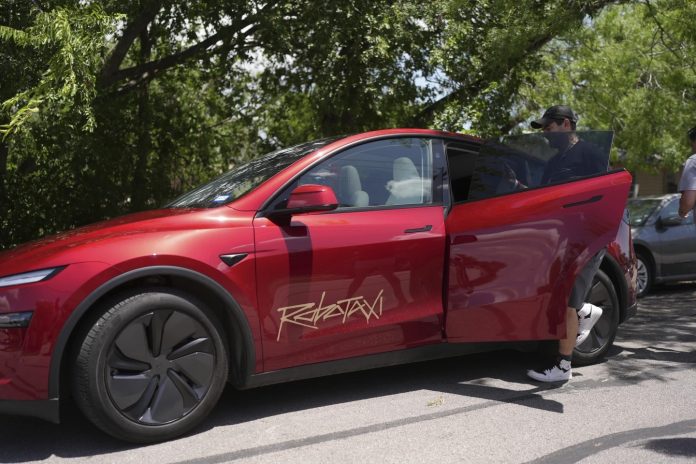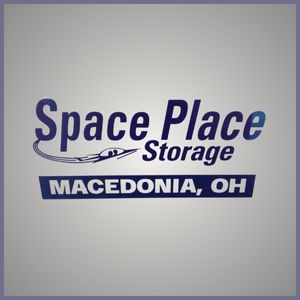Major automakers show dramatically different adoption patterns for autonomous driving features, with Tesla dominating usage while Ford and General Motors battle for second place in the emerging hands-free highway market.
Tesla’s Dominance
All Tesla vehicles produced after April 2019 include Autopilot, which features autosteer and traffic-aware cruise control. This means virtually every Tesla on the road today comes equipped with basic autonomous features at no additional cost.
Tesla’s safety data shows significant usage of these standard features. Tesla launched a test robotaxi service in Austin, Texas, this week with 10-12 vehicles charging a $4.20 flat fee. The company reported more than 9 billion miles have been driven with Autopilot engaged across their global fleet.
Premium FSD features tell a different story. Tesla has revealed 285,000 North American customers have decided to equip FSD on their cars as of early 2023. Industry estimates suggest roughly 10% of Tesla owners paid for the FSD upgrade as of 2020, though this percentage appears to have grown modestly.
More recent data indicates Tesla currently has a 14% take rate for FSD on new vehicles, meaning roughly one in seven new Tesla buyers opt for the premium feature. Despite CEO Elon Musk’s pushback against reports claiming only 2% adoption, Musk stated that the take rate for FSD is much higher than what is claimed but provided no specific figures.
Ford and GM Competition
Ford has emerged as a strong competitor with 675,000 BlueCruise-enabled vehicles on the road, nearly double GM’s 360,000 Super Cruise-capable cars. Ford’s advantage comes from including BlueCruise hardware on many high-volume products like the F-150 pickup and making it standard on every Mustang Mach-E.
GM offers its Super Cruise system for $25 per month after an initial three-year included period, making it the most affordable option. Ford’s BlueCruise costs $49.99 monthly or $495 annually, with a new one-time purchase option for $2,495.
Super Cruise covers approximately 750,000 miles of limited-access highways in the U.S. and Canada, significantly more than Ford’s 130,000 mapped miles. Both systems require divided highways and won’t engage on unmapped roads.
Other Manufacturers
Mercedes-Benz leads in technological advancement with Drive Pilot, the first Level 3 system approved for U.S. highways on 2024 S-Class and EQS sedans. The system allows drivers to hand over control completely but costs $2,500 annually and operates only at speeds up to 40 mph in dense traffic.
BMW offers Highway Assistant through its Driving Assistance Professional package for $2,500, providing semi-automated driving up to 85 mph on mapped highways. Hyundai and Nissan provide Level 2 features through their ProPILOT systems, while Audi and others rely on Mobileye technology for their autonomous features.
Pricing and Adoption Barriers
Cost remains a significant factor across all brands. Tesla’s FSD currently costs $8,000 upfront or $99 monthly for subscription access. For a Tesla Model Y with the tax credit, this represents one-third of the car’s price.
Research indicates FSD is worth about $1,000 – $1,500 in the used market, substantially less than the original purchase price, which may discourage some buyers from the upfront investment.
Ford and GM take different approaches to accessibility. GM locks Super Cruise behind expensive trims and packages, while Ford includes BlueCruise hardware on many vehicles as standard equipment, allowing customers to activate subscriptions later.
Market Growth and Future
The autonomous vehicle market is experiencing rapid growth with a compound annual growth rate of 22%. Tesla began testing robotaxis this week in Austin with plans to expand to other cities. CEO Elon Musk promises the service will reach hundreds of thousands if not a million vehicles next year, though analysts remain skeptical of the timeline.
Meanwhile, rival Waymo has completed its 10 millionth paid ride operating driverless taxis in Los Angeles, San Diego, Austin and other cities. Level 2 systems dominate current offerings, with China aiming for 70% of new cars to have Level 2 or Level 3 autonomy by the end of this year.
Tesla customers had driven 3 billion miles on FSD by January. Ford reports customers have spent 1.4 million hours driving 100 million hands-free miles using BlueCruise.
Tesla began testing robotaxis in Austin with plans to expand to other cities, while Ford and GM are investing billions to launch self-driving taxi services by 2026.
Discover more from Northeast Ohio News
Subscribe to get the latest posts sent to your email.













